Best Vegan Sources of Calcium for Strong Bones
Plant based sources of calcium

In this article, I will fully introduce you to the types of vegan calcium and non-dairy sources of calcium
Introducing vegetables – seeds – legumes and nuts containing calcium and foods and sources rich in calcium for vegans
Calcium is an essential mineral that plays a role in many bodily functions. It is especially important for maintaining strong bones and teeth, but it’s also crucial for nerve function, muscle function and other vital functions.
A vegan diet that includes calcium-rich foods can help ensure you’re getting enough calcium in your diet.
The calcium levels in the nondairy products that are plant-based are balanced, meaning when you consume them, there is physically no way to drink calcium too much, and also, when it comes to the hygiene of these products, as long as the products are adequately washed.
In the days when everyone is consuming food with lots of side effects for you’re the body, some individuals prefer to eat well and preserve their health, these people are called vegans, and they are not what you think.
In this article, we will go through some of the facts and factors you have to know about vegans and their lifestyle, and yes, veganism isn’t just a diet. It is a lifestyle.
Do you think that dairy products are rich in calcium and if you become vegan you will suffer from calcium deficiency?
Read this articles: Can Vegetarians Drink Milk? | Does Vegetarian Mean Dairy Free?
Vegan calcium is one of the consumables most vegans do not know about, so we will declare all our information regarding this topic. Also, we should tell you about some of the nondairy sources of calcium.
So, if you are ready and as excited as we are to learn more about this concept, you can quickly come with us until the end of this article, and in the future, you will have everything you were looking for.
In this article you will read:
Calcium in a vegan diet
Calcium is an essential mineral that plays a role in many bodily functions. It is especially important for maintaining strong bones and teeth, but it’s also crucial for nerve function, muscle function and other vital functions. Calcium is found in leafy green vegetables, beans and nuts.
It can also be found in fortified foods such as soy milk and orange juice.
A vegan diet that includes calcium-rich foods can help ensure you’re getting enough calcium in your diet. It can also help prevent bone loss if you’re prone to osteoporosis.
More than two-thirds of the population consume one or more low-calorie beverages daily . The global market for low calorie beverages is estimated at $51 billion .
Low calorie beverage consumption has been associated with weight gain, hypertension, diabetes mellitus type 2, dyslipidemia and cardiovascular disease
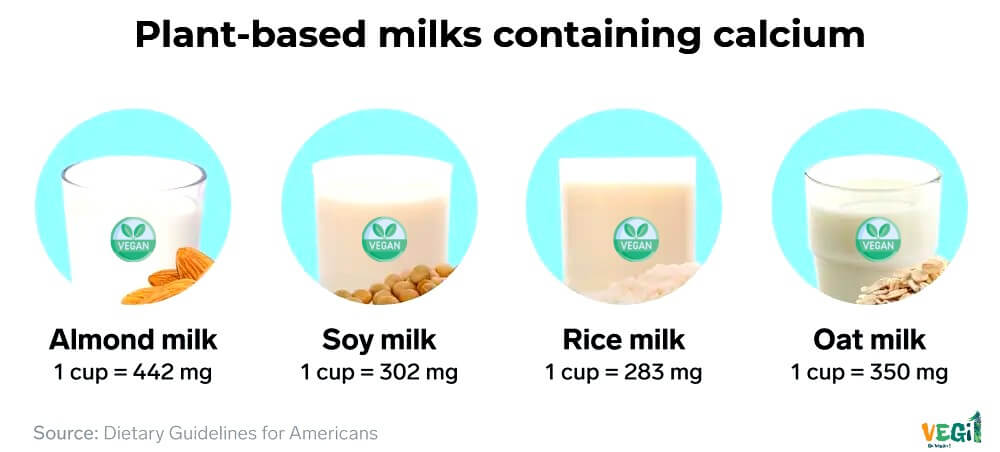
Calcium is one of the substances you must consume daily to have a more muscular body. Still, before getting into the action that we will talk to you about plant sources of calcium, we have to tell you about the adverse side effects of dairy products and their calcium.
It is evident that all of the dairy products come from animals that produce milk; yes, it is true that drinking milk and eating yogurt is beneficial to your body.
But did you know that if you use too many dairy products and consume too much calcium, you may be exposed to the microbes inside these products?
And besides that fact, most of the deaths in the US are caused by overconsuming calcium because if the human body receives too much calcium, it can cause organ failure that causes death in the worst possible scenario.
However, when it comes to vegan calcium sources, this is different.
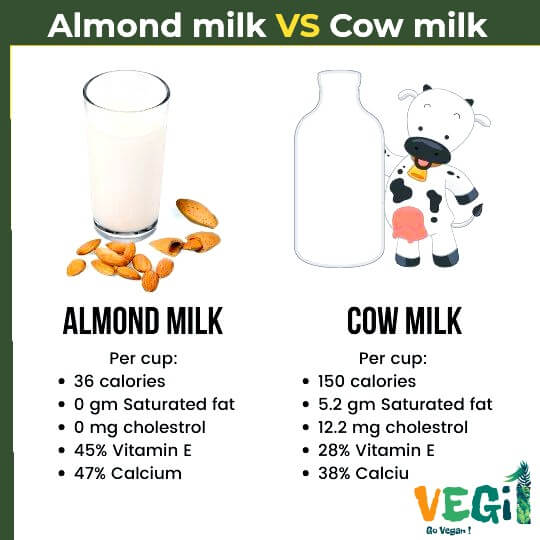
Let us tell you why
The calcium levels in the nondairy products that are plant-based are pretty balanced, meaning when you consume them, there is physically no way to drink calcium too much, and also, when it comes to the hygiene of these products, we can say that there is nothing to worry about, as long as the products are adequately washed.
Now let’s move on.
Foods High Calcium for Vegetarians and Vegans
How To Get Calcium Without Dairy-Based Products
You can also get calcium from plant foods, such as dark leafy greens, broccoli, and collard greens. One cup of cooked broccoli has about 30 percent of your daily calcium needs.
When you need to increase your intake of calcium, food sources are best, but supplements are also an option. Many brands offer products that are fortified with calcium and other vitamins and minerals.
You can also take a calcium supplement that’s specially formulated for vegans and vegetarians. These products often contain vitamin D and other nutrients that help the body absorb more calcium.
Vitamin D is another important source of calcium for many people. But if you don’t get enough exposure to the sun or have a condition that interferes with vitamin D absorption, you may need to take a supplement to make sure you’re getting enough calcium.
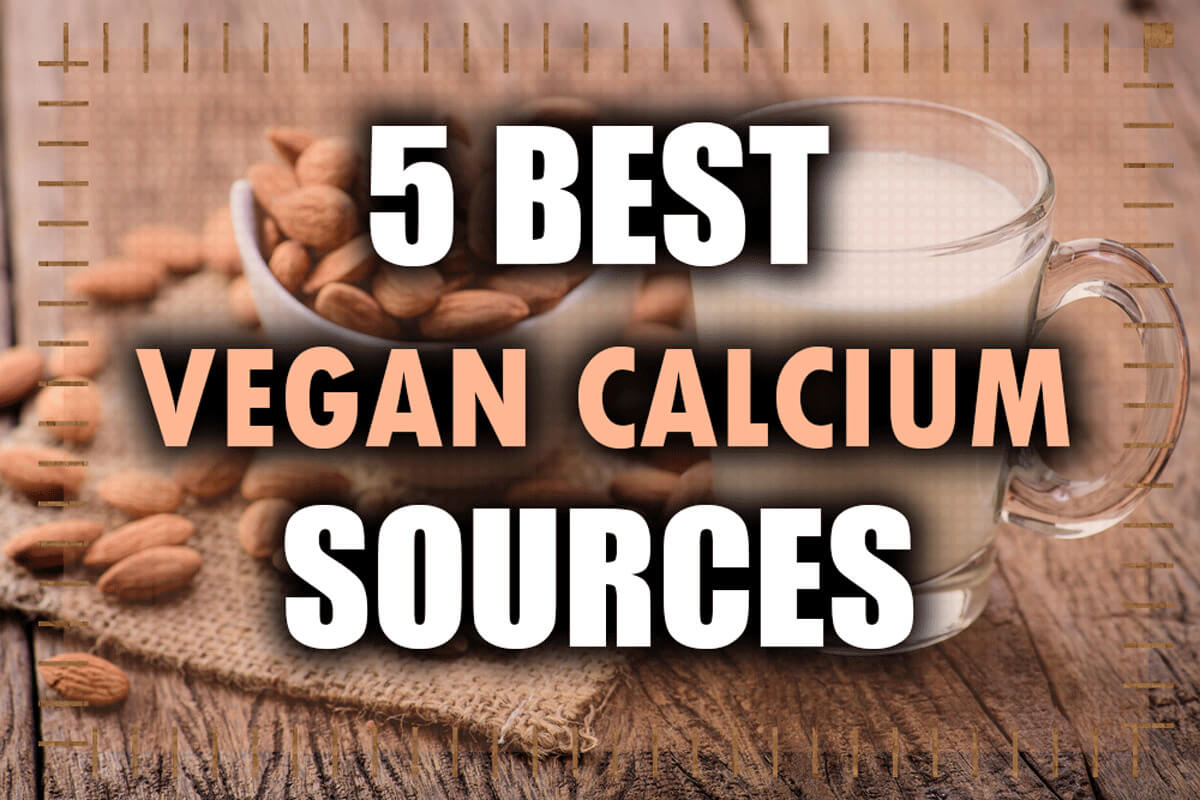
Lots of people think that dairy is the best way to get calcium. However, many products made from dairy can contain a lot of sugar and saturated fat. If you go for products like milk and cheese, you are also likely to get too much protein, which can be hard on your kidneys. Also, if you don’t eat enough fruits and veggies, you could miss out on all those other vitamins and minerals that come from plants.
There are plenty of other options besides dairy that are low in fat and high in calcium. Some good options include tofu, fortified orange juice and soy milk. Another great thing about these foods is that they are all pretty easy to find at any grocery store or health food store.
The best source of calcium for vegans
This section of the article will discuss some of the best resources you need to get the vegan calcium your body needs.
Keep in mind that vegan calcium is the same in chemistry; however, when it comes to the source of it, you can tell that the substance you are consuming would be different.
Keep in mind that vegan calcium is not only good for your bones, but it can also help blood flow and pressure, muscle development and contraction, and most importantly mental and nerve system of the body.
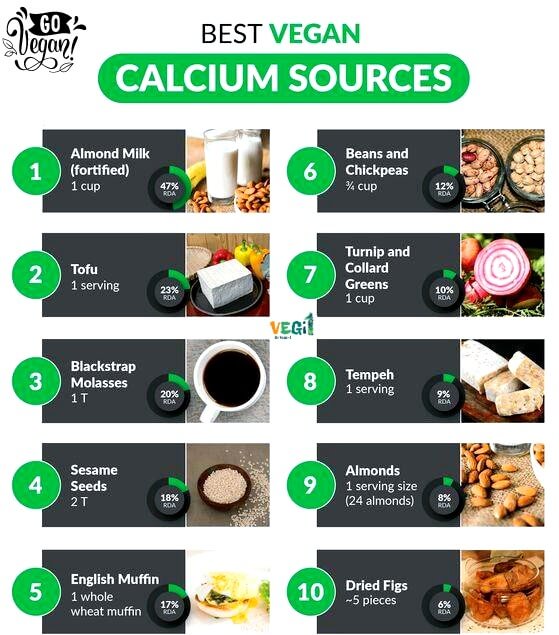
Plant-based sources of calcium
1. Soy foods:
One of the best and most rich resources for plant-based calcium is soybeans and all soy-based food.
Keep in mind that when it comes to soybeans, you will have to use the immature beans in your diet because when it comes to the percentages when you eat cooked beans, you will get the 18.5% of the RDI rate; however, when you eat the same substance when it is immature, you will get 27.6%.
2. Peas and beans:
The next item we would like to tell you about is the family of beans and peas; these two are the gods of the body’s rich calcium and fiber sources.
In other words, if you have a daily intake of these two, you will have all of the calcium you need daily.
If you cannot process the uncooked items, steam them or boil them in water.
We must mention that most beans can give you up to 26% of the RDI rate.
3. Special nuts:
Nuts are the most crucial part of the vegan diet, and you must choose them accordingly. All of the nuts you have seen have calcium in them, but when you look for the one that has the most amount, we have to tell you8 that it is almonds.
In a way that around 35 grams of almonds can provide your 6% of the RDI rate.
4. Seeds:
This one is interesting.
Seeds are an excellent option when cooking a vegan meal; however, ensure to cook them properly in the food. We have seen some seeds that can be eaten raw, like sesame or sunflower seeds.
Imagine making butter using these seeds. Then you must know that consuming this butter will receive almost 13% of the RDI rate you desire.
5. Seaweed:
Seaweed or Wakame is one of the essential parts of the vegan diet.
There are many plant sources rich in calcium to make sure that you will not have any health problems by going vegan.
We are sure you have seen these items in sushi restaurants; remember that these plants can be eaten raw, dried, or cooked.
However, the taste of the seaweed is not that significant, but the calcium it provides is.
This plant can give you high RDI rates, up to 14%.
Some might say that eating vegan food like seaweed and beans is unhealthy because you won’t get enough resources for your body. However, we have proven to these individuals that they are somewhat wrong. After all, you can get every single substance you need from plant-based sources of calcium.
There are many plant sources rich in calcium to make sure that you will not have any health problems by going vegan.
The Dairy-Free & Gluten-free, Calcium
| Dairy-Free & Gluten-free, | Serving Size | Calcium (mg) |
|---|---|---|
| Tofu, Raw, Firm, set w/ calcium | 1/2 cup | 861 |
| Natto | 1 cup | 380 |
| Soymilk, Calcium-Fortified | 1 cup | 340 |
| Tofu, Firm, set w/ calcium | 1/2 cup | 253 |
| Soy Flour, defatted | 1 cup | 253 |
| Soybeans | 1 cup roasted | 237 |
| Tempeh | 1 cup | 184 |
| Soybeans | 1 cup cooked | 175 |
| Soymilk | 1 cup | 61 |
| Edamame | 1/2 cup cooked | 49 |
In the table above, we checked that the amount of calcium in 1 cup of Tofu, Raw, Firm, set w/ calcium ,Natto , Soymilk, Calcium-Fortified is more than the amount of calcium in 1 cup of cow’s milk.
Nuts and seeds are the best source of calcium
| NUTS & SEEDS | Serving Size | Calcium (mg) |
| Chia Seeds | 1 ounce (2 tablespoons) | 179 |
| Almonds | 1/4 cup | 96 |
| Tahini | 1 tablespoon | 64 |
| Almond Butter | 1 tablespoon | 56 |
| Brazil Nuts | 1/4 cup | 53 |
| Sesame Seeds, Hulled | 1/4 cup toasted | 42 |
| Hazelnuts | 1/4 cup | 32 |
| Pistachios | 1/4 cup | 32 |
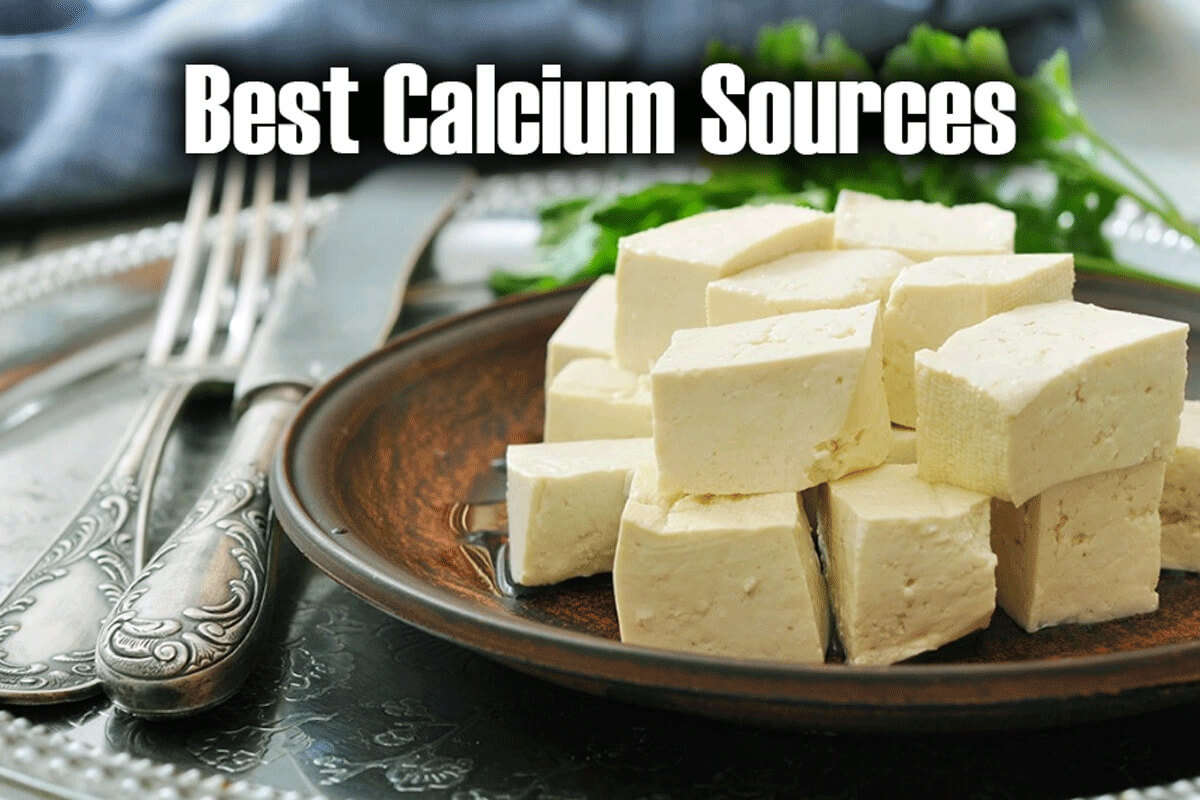
Vegetables are the best sources of calcium
| VEGETABLES | Serving Size | Calcium (mg) |
| Lambsquarters | 1/2 cup boiled | 232 |
| Bok Choy | 1 cup cooked | 158 |
| Seaweed, Kelp Noodles | 4 ounces | 150 |
| Nopales (Cactus) | 1 cup raw (sliced) | 141 |
| Seaweed, Kelp | 1 cup raw | 137 |
| French Beans / Haricot Verts | 1 cup cooked | 111 |
| Turnip Greens | 1 cup raw | 104 |
| Daikon | 1 (7-inch) radish | 103 |
| Dandelion Greens | 1 cup raw | 103 |
| Kale | 1 cup raw | 101 |
| Seaweed, Arame | 1/2 cup dried | 100 |
| Seaweed, Kombu | 1/2 ounce dried | 93 |
| Acorn Squash | 1 cup cooked | 90 |
| Chinese Broccoli | 1 cup cooked | 88 |
| Seaweed, Agar | 1/2 ounce dried | 87 |
| Hearts of Palm | 1 cup canned | 85 |
| Butternut Squash | 1 cup cooked | 84 |
| Collard Greens | 1 cup raw | 84 |
| Borage | 1 cup raw | 83 |
| Parsley | 1 cup raw | 83 |
| Okra | 1 cup raw | 82 |
| Seaweed, Wakame | 1/2 cup dried | 80 |
| Sweet Potato | 1 cup cooked (cubed) | 76 |
| Cabbage, Chinese (Pak Choi) | 1 cup raw (shredded) | 74 |
| Celeraic | 1 cup raw | 67 |
| Mustard Greens | 1 cup raw | 64 |
| Pumpkin, canned | 1 cup | 64 |
| Peas, edible pod | 1 cup cooked | 62 |
| Amaranth Leaves | 1 cup raw | 60 |
| Rutabaga | 1 cup raw | 60 |
| Parsnips | 1 parsnip | 59 |
| Green Beans | 1 cup cooked | 58 |
| Artichoke, Globe | 1 medium | 56 |
| Leeks | 1 leek | 53 |
| Grape Leaves | 1 cup raw | 51 |
| Burdock Root | 1 cup raw | 48 |
| Celery | 1 cup raw (chopped) | 44 |
| Broccoli | 1 cup raw | 43 |
| Broccoli Raab | 1 cup raw | 43 |
| Fennel | 1 cup sliced | 43 |
| Watercress | 1 cup raw | 41 |
| Cabbage, Red | 1 cup raw | 40 |
| Tomatoes | 1/2 cup canned | 40 |
| Turnips | 1 cup raw (cubed) | 39 |
| Brussels Sprouts | 1 cup raw | 37 |
| Asparagus | 1 cup cooked | 36 |
| Cabbage, Green | 1 cup raw | 36 |
| Moringa, Powder | 1 teaspoon | 35 |
| Cassava, raw | 1 cup raw | 33 |
| Arugula | 1 cup raw | 32 |
| Kohlrabi | 1 cup raw | 32 |
| Zucchini | 1 medium | 31 |
| Chicory Greens | 1 cup raw | 29 |
| Radishes, raw, sliced | 1 cup raw | 29 |
| Cauliflower | 1 cup raw | 24 |
| Carrots | 1 carrot | 20 |
| Garlic | 1 tablespoon raw | 15 |
| Onion, spring | 1 onion | 11 |
Source of calcium from GRAINS
| GRAINS | Serving Size | Calcium (mg) |
| Teff | 1 cup cooked | 123 |
| Amaranth, cooked | 1 cup | 116 |
| Corn Tortillas | 2 | 100 |
| Oats | 1 cup | 84 |
| Amaranth Flour | 1/4 cup | 40 |
| Quinoa, cooked | 1 cup | 31 |
| Potato Flour | 1/4 cup | 26 |
| Carob Flour | 1 tablespoon | 21 |
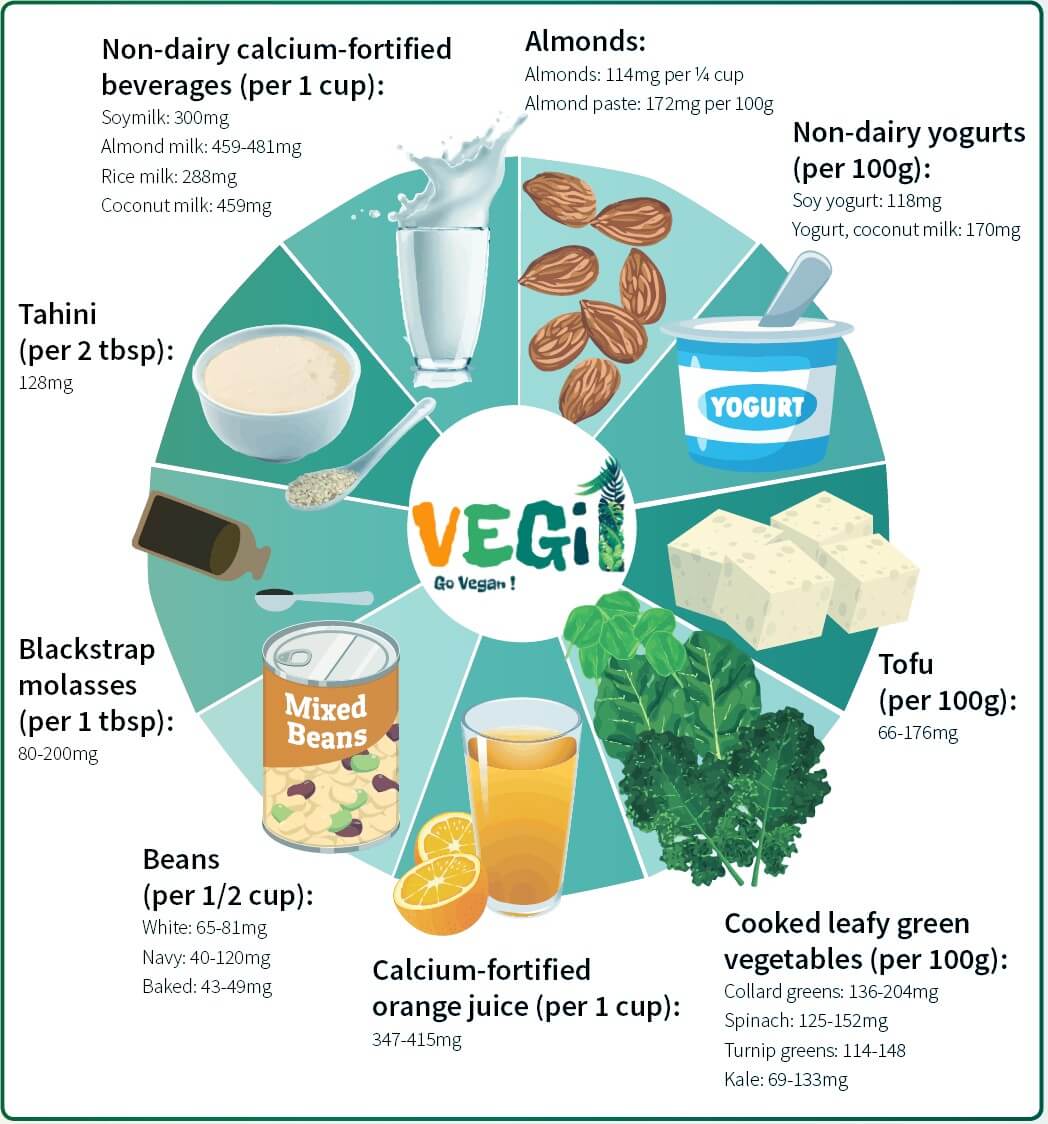
The amount of calcium in fruit and juice
| The amount of calcium in fruit and juice | Serving Size | Calcium (mg) |
| Orange Juice, calcium-fortified | 1 cup | 300 |
| Figs | 1 cup dried | 241 |
| Prunes | 1 cup dried | 95 |
| Papaya | 1 medium | 72 |
| Coconut Water | 1 cup | 58 |
| Orange | 1 medium | 56 |
| Mulberries | 1 cup raw | 55 |
| Raisins, Golden (2/3 cup) | 2/3 cup | 52 |
| Blackberries | 1 cup raw | 42 |
| Goji Berries | 1/4 cup | 41 |
| Currants | 1/4 cup dried | 31 |
| Apricots | 1/4 cup dried | 30 |
| Dates, Medjool | 2 pitted | 20 |
Amount of calcium in beans
| BEANS | Serving Size | Calcium (mg) |
| Winged Beans | 1 cup cooked | 244 |
| White Beans | 1 cup canned | 191 |
| Great Northern Beans | 1 cup canned | 139 |
| Baked Beans | 1 cup canned | 126 |
| Navy Beans | 1 cup canned | 123 |
| Yellow Beans | 1 cup cooked | 110 |
| Pinto Beans | 1 cup canned | 108 |
| Black-Eyed Peas (Cowpeas) | 1/2 cup cooked | 105 |
| Black Turtle Beans | 1 cup cooked | 102 |
| Refried Beans | 1 cup cooked | 88 |
| Mung Beans | 1 cup cooked | 55 |
| Lima Beans | 1/2 cup canned | 35 |
| Snap Beans | 1/2 cup cooked | 32 |
As you can see in the table above, 1 cup of cooked kidney beans contains 244 mg of calcium. This bean contains a lot of calcium, which is almost equal to the calcium of a cup of cow’s milk (297 mg of calcium).
| The amount of calcium in herbs and spices | Serving Size | Calcium (mg) |
| Poppy Seeds | 1 teaspoon | 40 |
| Celery Seeds | 1 teaspoon | 35 |
| Dill Seeds | 1 teaspoon | 32 |
| Savory | 1 teaspoon ground | 30 |
| Cinnamon | 1 teaspoon ground | 26 |
| Fennel Seeds | 1 teaspoon | 24 |
| Cumin Seeds | 1 teaspoon | 20 |
| Mustard Seeds | 1 teaspoon | 19 |
| Thyme | 1 teaspoon dried | 19 |
| Dill Weed | 1 teaspoon dried | 18 |
| Basil | 1 teaspoon dried | 16 |
| Oregano | 1 teaspoon dried | 16 |
| Rosemary | 1 teaspoon dried | 15 |
| Anise Seeds | 1 teaspoon | 14 |
| Caraway Seeds | 1 teaspoon | 14 |
| Allspice | 1 teaspoon ground | 13 |
| Cloves | 1 teaspoon ground | 13 |
| Coriander Seeds | 1 teaspoon | 13 |
| Marjoram | 1 teaspoon dried | 12 |
A Few Notes on These Calcium Charts:
- For comparison, 1 cup of 2% cow milk has 297 mg of calcium.
- This data was extracted from the United States Department of Agriculture Agricultural Research Service National Nutrient Database for Standard Reference, Release 28.
- These numbers are intended for use as general information only. Actual calcium levels may vary.
As you can see in the table above, poppy seeds have the highest amount of calcium in herbs and spices. Each 1 tablespoon of poppy seeds contains 40 mg of calcium.
Here I answered your questions about calcium and vegan
Do vegans eat calcium?
· Of course, because calcium plays a critical role in everyone’s health, vegans also have their rich resources to intake some calcium from plant-based meals.
How much calcium should vegans consume?
· Depending on the body and person, this factor can be different because some people have calcium deficiency, so they have to intake more, even up to 150 mg daily, but some individuals can consume much less.
What vegan foods have the most calcium?
Some vegan foods high in calcium include fortified plant-based milks, calcium-rich tofu and legumes, kale and collard greens, and figs.
How can I get 1200 mg of calcium a day without dairy?
– taking a calcium supplement :
There are a variety of calcium supplements available that can provide 1200 mg of calcium a day. Some examples include calcium carbonate, calcium citrate, calcium gluconate, and calcium polyphosphate.
– eating calcium-rich foods such as broccoli, kale, and fortified foods
– drinking calcium-fortified beverages
– Add calcium-enriched cereals, soy milk, fruit juice and smoothies to your diet.
How often should vegans eat calcium?
· Just like a regular diet, it would be proper if vegans eat calcium daily; you only have to watch how you prepare the food containing calcium.
How do vegetarians get their calcium?
Some vegetarians may get their calcium from fortified foods or supplements.
What plants have calcium?
· You can find many plants and seeds that have calcium; for example, peas and beans are one of the best sources; we have also listed some other plants in our article.
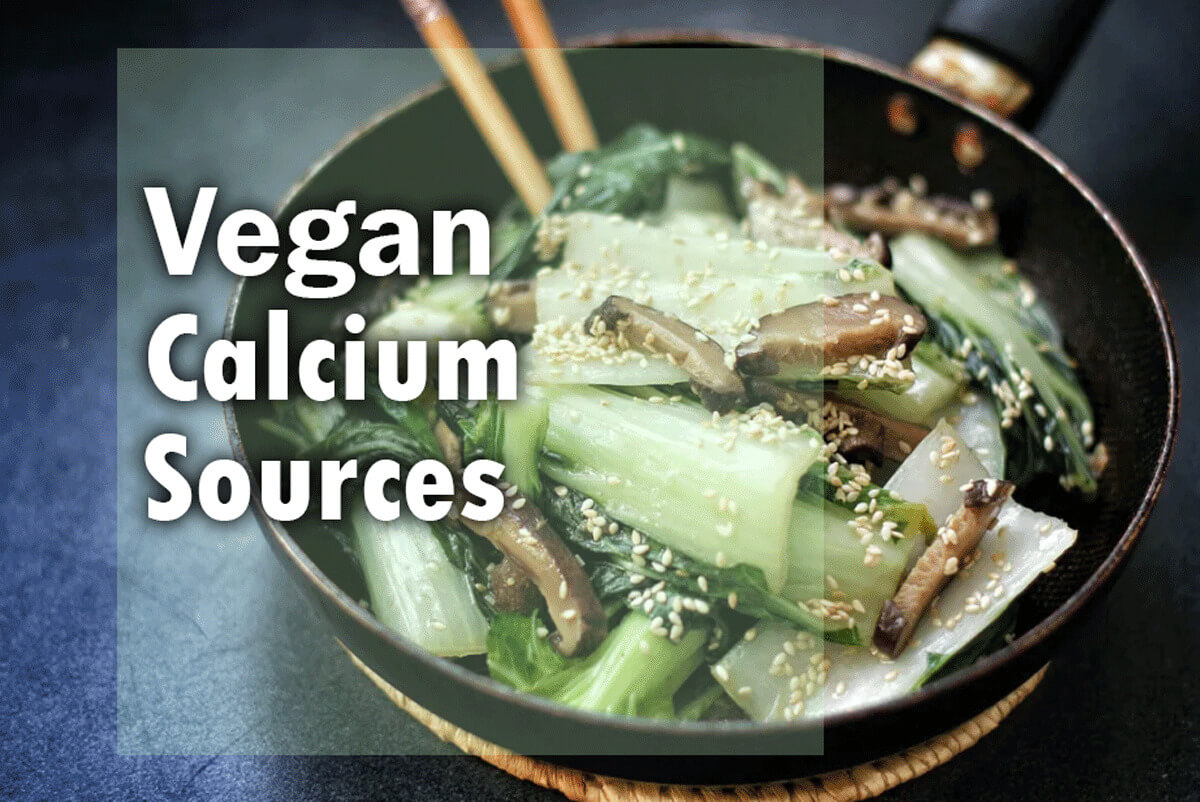
Conclusion…
Vegan calcium sources are variant.
This means that you can almost find the calcium you are looking for in so many plant-based food and consumables.
The only problem with getting your calcium intake from vegan sources is combining them to complete the intake requirements.
Remember that on special occasions, you have to consume them one by one, but you can cook fantastic vegan meals that contain all of the vegetarian or vegan calcium you need.
Although keep in mind that some vegetarians can consume dairy products, researches show that vegan-based calcium is much better.
In the end, we are sure that you know what the best ways to intake calcium-rich veg are, and we appreciate the time that you took to read the “Best of vegan calcium sources” article; in the end, make sure to comment your opinions on this concept, and if you have questions you can ask them as well.

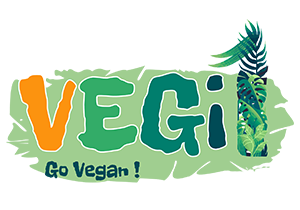

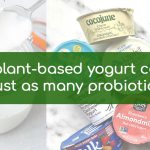

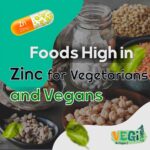


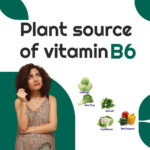
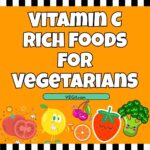
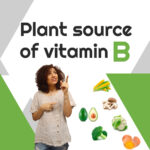

Hi! I think 1200 mg of calcium a day are way too much. Dr Campbell has an article on his website saying that “When researchers only considered vegans who ate at least 525mg of calcium a day, they found that vegans had no increased risk of fracture. In other words, the increased risk of fracture disappeared when consuming at least 525mg a day.”
Dr Scharffenberg says that reducing our salt intake by half reduces the loss of calcium. It’s like the effect of taking a calcium pill 😉
He also adds that spinach or other food that contains oxalates shouldn’t be counted as valuable source of calcium because it’s not absorbed as well as other sources.
https://www.youtube.com/watch?v=qZXwha0Vug4
https://nutritionstudies.org/how-to-get-calcium-without-dairy/
Hi there! Thanks for sharing your thoughts on the recommended daily calcium intake for vegans. It’s always great to have different perspectives and research findings to consider.
Dr. Scharffenberg’s insights on reducing salt intake and its impact on calcium loss are intriguing. Small dietary changes, like lowering salt, can affect calcium retention. It’s like getting a bonus calcium boost without additional supplementation.
Regarding the absorption of calcium from spinach and other oxalate-containing foods, Dr. Scharffenberg makes an important point. Oxalates can bind to calcium and hinder its absorption, so it’s true that these sources may not provide as much bioavailable calcium as other options.
Thank you for sharing the links to the videos and articles. They provide valuable information and alternative viewpoints on obtaining calcium without relying on dairy products.
Everyone’s calcium needs may vary based on age, sex, and overall health. It’s always a good idea to consult with a healthcare professional or registered dietitian who can provide personalized advice tailored to your needs.
Keep exploring and learning about nutrition—finding the best ways to nourish our bodies while adhering to a vegan lifestyle is exciting.
I was always worried about getting enough calcium on a vegan diet, but this article has been so helpful! I’m now incorporating more tofu, leafy greens, and fortified foods into my diet. Thanks for the great info!